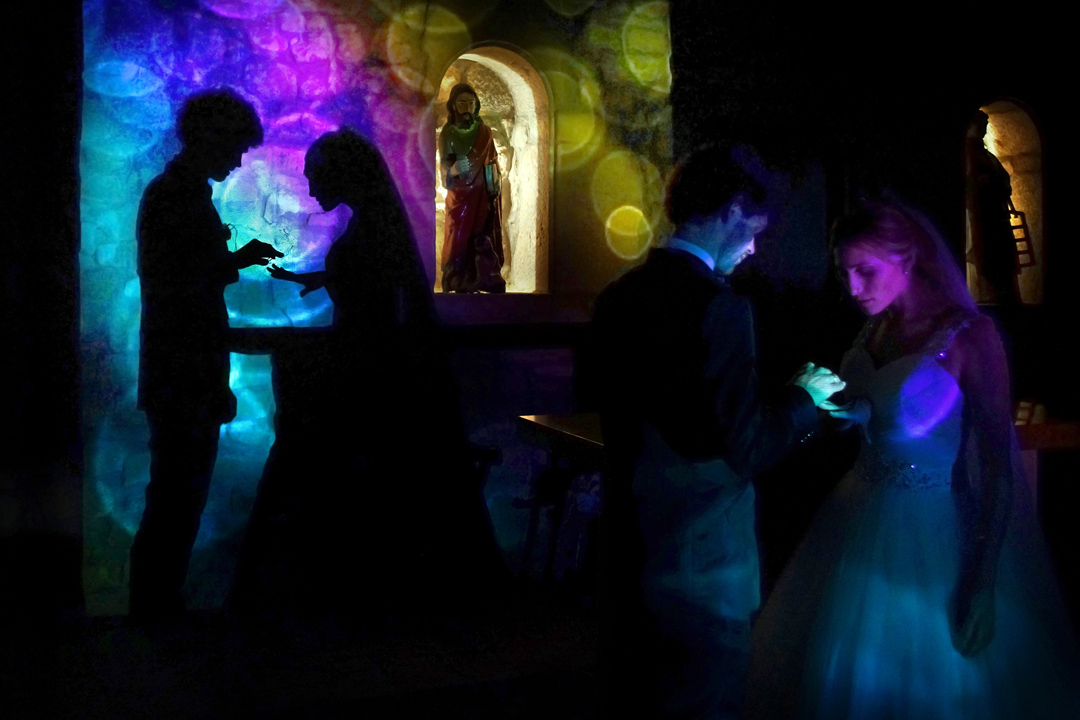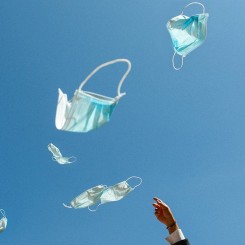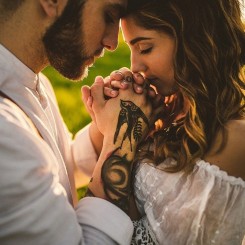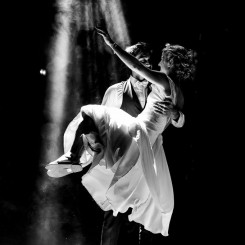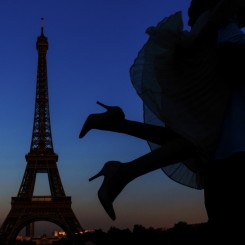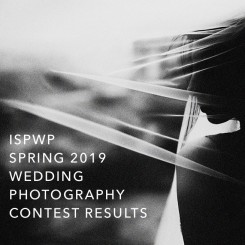How Professional Wedding Photographers Handle Difficult And Dark Wedding Venues
Posted by Admin on January 11th 2018
If you have used even the most basic of cameras you know that light is essential to the photographic process. When the light strikes the sensor on a camera, an image is created. So how does this translate to your wedding photography? Do you have to have a big open venue with lots of natural light to have photos that aren’t too dark? How do photographers capture those beautiful images you see on our ISPWP wedding contest galleries if they are photographing indoors or outside at night?
Photographers Know How Light Works
Many people think that the camera decides how much light the photographer needs to create a photo, when it is quite the opposite. A trained photographer tells the camera what it needs to capture the image. They decide if the image should have a shallow depth of field (the blurred-out backgrounds that are so pretty) or if it should be sharp from front to back. By understanding their camera and how the shutter and aperture work, the photographer chooses how the image appears. Now, there are some exceptions to this rule. Lenses have limitations, and dark areas can be a challenge. That’s why you hire a professional photographer to photograph your wedding and not someone who believes the camera's auto-setting always knows best.
The camera on automatic settings will always default to exposing for the brightest subject in the room. Think of a person standing in front of a back-light window that you are photographing. If you are trying to take a photo of them letting the camera choose if there is enough light, the camera will see all of the bright light from the window and set the aperture so that the person will appear as a silhouette. A trained photographer knows how to override this, and tell the camera what to expose for; namely the subject’s face and not the window.
Photographers Make Their Own Light
In the case that there is not enough light, photographers have not only their knowledge of how to set the camera, but artificial light sources at their disposal to light the room. There are many different techniques they can use including flashes attached to their camera that bounce light off of ceilings or walls, remote flashes set up around the room that they trigger from their main camera, or LED light panels. These are far superior methods than the tiny pop-up flash on a camera that you are probably used to. It’s the difference between lighting a room with a match and lighting it with a lamp, and it also allows the photographer to create better qualities of light for the image.
Professionals also use very expensive professional grade cameras with high tech sensors and built in software to allow them to take images in very dark situations. Most consumer level cameras would struggle with such dark situations or create images that appear very “grainy.” This is yet another advantage of hiring a professional photographer for your wedding, they have invested 10’s of thousands of dollars in their equipment to allow them to capture images in difficult lighting conditions.
For truly stunning wedding photographs, you need a professional photographer who knows how to manipulate their camera and the light so that your entire day is captured beautifully. Check out our listing of accredited ISPWP photographers in your area!
(Image by Jorge Elisburu, San Sebastian, Spain wedding photographer)

